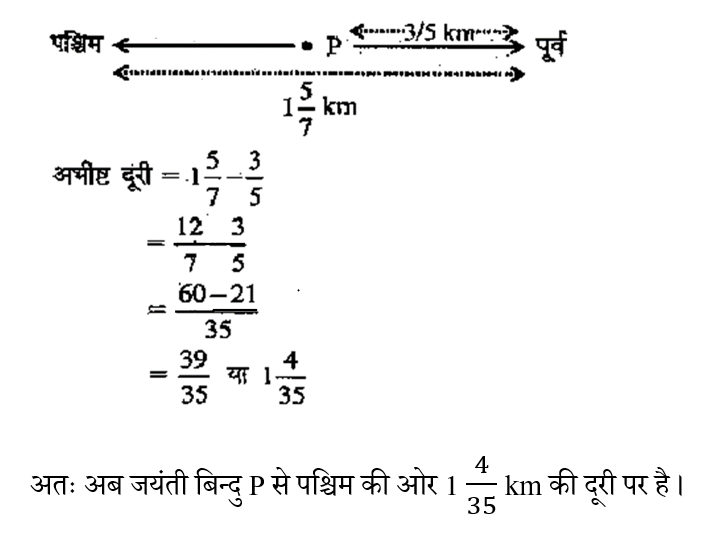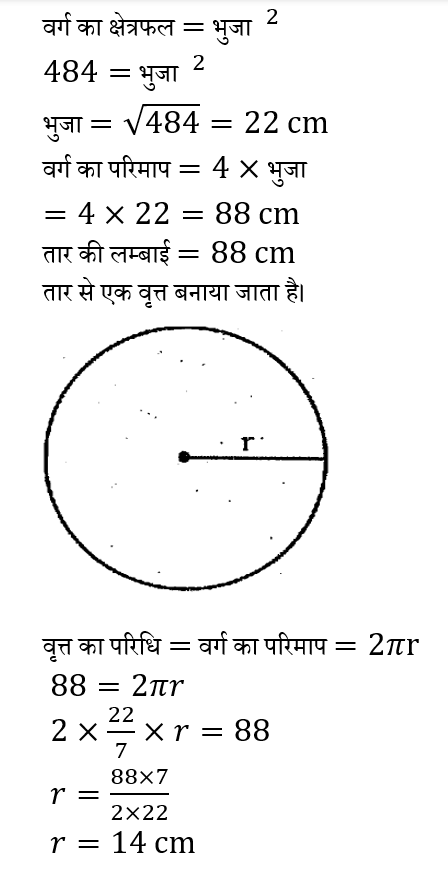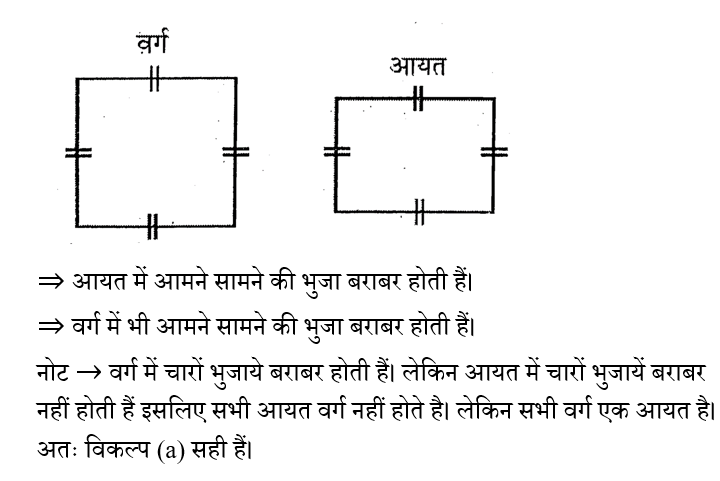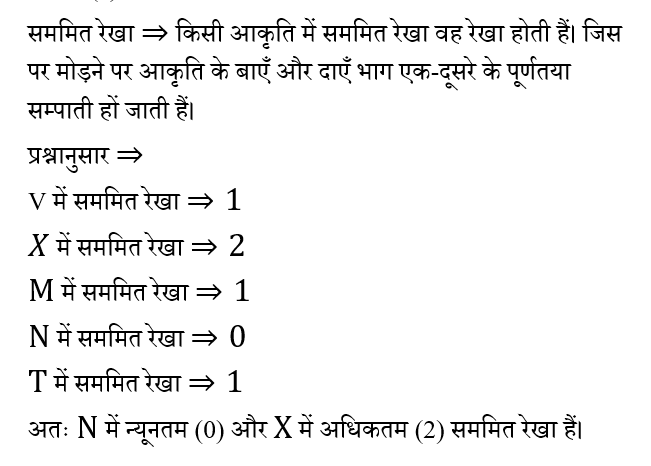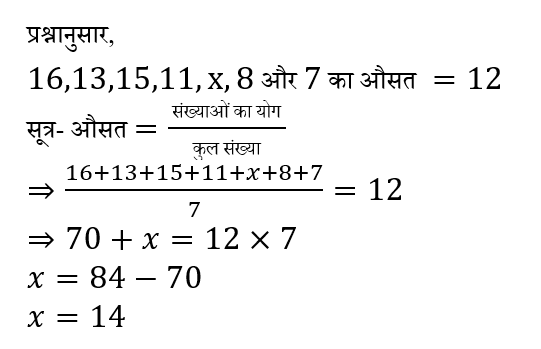Question 1:
In which of the following, the numbers are written in ascending order?
निम्न में से किसमें संख्याएँ बढ़ते क्रम में लिखी हुई है?
Question 2: 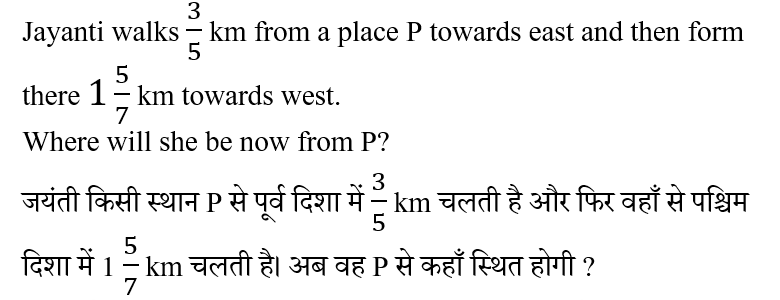

Question 3: 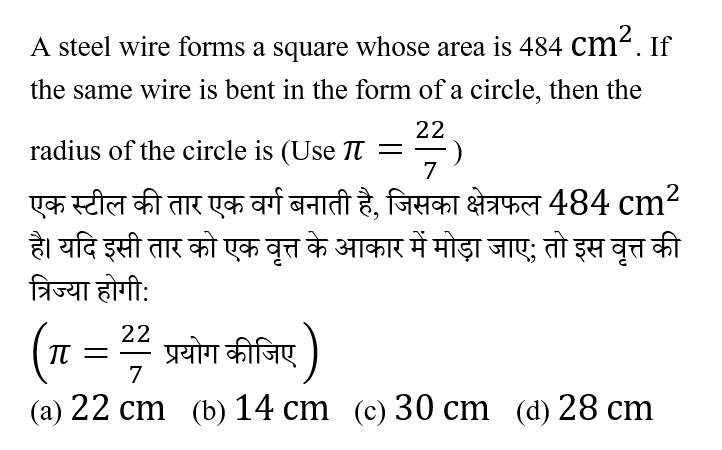
Question 4: 
Question 5:
Which one of the following statements is true?
निम्न में कौन-सा कथन सत्य है ?
Question 6: 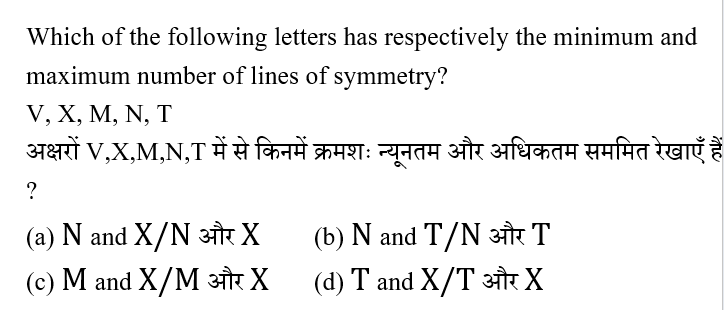
Question 7:
What is the difference between the place value of 7 in 57341 and the place value of 4 in 75431?
57341 में 7 के स्थानीय मान तथा 75431 में 4 के स्थानीय मान में क्या अंतर है?
Question 8:
If the perimeter of a circle and a square are equal then-
एक वृत्त तथा एक वर्ग का परिमाप बराबर (एकसमान) हैं तो-
Question 9: 
Question 10:
The average of 16,13,15,11,x,8 and 7 is 12, then the value of x is
16,13,15,11,x,8 और 7 का औसत 12 है, तो x का मान है

